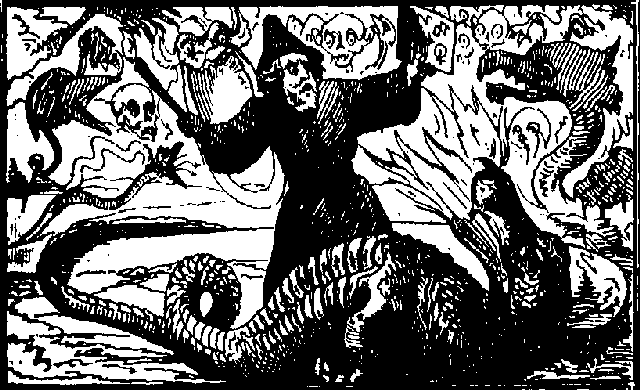
This digital edition by Joseph H. Peterson, Copyright © 1999. All rights reserved.
Note:
A considerably enlarged edition of the Lesser Key of Solomon is now
available from Red Wheel/Weiser publishers.
See listing at Amazon.com
(ISBN: 157863220X )
for more details.

I would like to thank the British Museum for allowing me to study
the manuscripts firsthand, and for their help in copying the manuscripts
onto microfilm.
The Lemegeton is a popular handbook of sorcery known from the 17th century [1] in more or less the same form as I will present it. Most of the material however is found in varying forms in earlier manuscripts, and some of the material dates back as early as the 14th century or earlier [2]. Reginald Scot, in his lists of magical texts [3], mentions Ars Paulina, Ars Almadel, and Ars Notoria in the same breath. He also includes a text closely related to the Goetia [4]. So the bulk of the materials were possibly collected together by 1584.
The name Lemegeton is probably naively invented because of the compiler's ignorance of Latin. He or she was no doubt familiar with the Clavicula Salomonis (Key of Solomon) and wanted to title this work the "Little Key of Solomon;" this became "Lemegeton Clavicula Salomonis."
The major texts used for this edition have been all from the British Library Manuscript collection. They include Harl. 6483, and Sloane Mss. 2731, 3825, and 3648. Harl. 6483 is probably the latest, and contains much additional material. It is dated 1712-3. Sloane 2731 is important because it has itself been compiled from multiple versions (including Sloane 3648). This text is unfortunately incomplete, and omits all of book 5. It is dated January 18, 1687. Sloane 3825 is a more complete and internally consistent text. It is also interesting in that it contains a shorter version of The Notary Art to which has been added the remaining portions as found in Robert Turner's translation.
I have followed Sloane 3825 for this edition except for the Ars Notoria. For the latter the manuscripts are clearly dependent on Robert Turner's translation; I have therefore used his 1657 edition as the primary source. Variants from other manuscripts are noted in square brackets []. Also in square brackets are the folio numbers from Sl. 3825. I have resisted the temptation to modernise the language.
The parts of the Lemegeton are as follows:
The first book, Goetia, corresponds closely with the catalog
of demons published by John Wier (or Johann Wierus) as Pseudomonarchia daemonum
in his 1563 De Praestigiis Daemonum. In Wier's text there
are no demonic seals, and the demons are invoked by a simple conjuration,
not the elaborate ritual found in the Lemegeton.
This text has close parallels with book one of Trithemius' Steganographia.
Although the abundant spirit seals are not found in Trithemius,
those few that can be found match exactly. For example, these
four seals are found in Steg. I. chapter xi, dealing with
Usiel and his subordinates:




Compare these with the following seals found in the Lemegeton
in the section dealing with the eleventh spirit, Usiel, and his
subordinates (Adan, Ansoel, Magni and Abariel):

It should be noted that Trithemius' conjurations are actually
his examples of hidden writing ('steganography'), and do not correspond
with the conjurations found in Theugia Goetia. Steganographia
was written in 1500, but was not published until 1608. It was,
however, widely circulated in manuscript form.
The spirits in Part 1 of this book coincide exactly with those found in Trithemius' Steganographia, Book 2. According to Thorndike [5], the "The Pauline art," was purported to have been discovered by the Apostle Paul after he had been snatched up to the third heaven, and delivered by him at Corinth. Robert Turner mentions a sixteenth-century manuscript in the Bibliothèque Nationale [6]. Although this text is based on earlier versions, repeated mention of the year 1641 and guns, shows a late redaction. The "table of practice" has similarities with Dee's "holy table". In the former the seven seals have the characters of the seven planets, which also occur in the "Magical Calendar" (published 1620, but with possible connections with Trithemius.)
| Saturn | 
| |
| Jupiter | 
| |
| Mars | 
| |
| Sun | 
| |
| Venus | 
| |
| Mercury | 
| |
| Moon | 
|
The descriptions of the seals for each sign of the Zodiac are evidently abstracted from Paracelsus, The Second Treatise of Celestial Medicines, cf. Archidoxes of Magic translated by Robert Turner, 1656, pp. 136 ff.
In 1608, Trithemius mentioned a long list of books on magic, including
the book "Almadel attributed to King Solomon"
[7] Ars Almadel is also found in the Hebrew
manuscript of the Key of Solomon, ed. Gollancz, Sepher Maphteah Shelomoh,
1914, fol 20b. Turner mentions
a fifteenth-century manuscript in Florence. [8]
The Ars Notoria is a Medieval Grimoire of the 'Solomonic Cycle'. Many Latin manuscripts are extant, the oldest are dated thirteenth century, and possibly earlier. Like Liber Juratus (also thirteenth century), the text centers around an even older collection of orations or prayers which are interspersed with magical words. The orations in Ars Notoria and those in Liber Juratus are closely related, and suggest to me a common oral tradition. The orations in both works are said to have mystical properties which can impart communion with God and instant knowledge of divine and human arts and sciences.
Older manuscripts of the Ars Notoria contain exquisite drawings, the "figures" mentioned in the text. [9] Their omission adds greatly to the confusion of the text.
Not all manuscripts of the Lemegeton include the Ars
Notoria, their contents listing only four books. Those that
do are entirely dependant on Robert Turner's 1657 edition, which
is evidently his own translation from the Latin.
Notes:
[The sixth Sheet of Dr. Rudd
This Book contains all the names, orders, and offices of all the spirits Salomon ever conversed with. The seals and characters belonging to each spirit, and the manner of calling them forth to visible appearance.
Some of these spirits are in Enoch's Tables which I have explained,
but omitted their seals and characters, how they may be known;
but in this book they are at large set forth.
Magic is the highest most absolute and divine knowledge of natural philosophy advanced in its works and wonderful operations by a right understanding of the inward and occult vertue of things, so that true agents being applied to proper patients, strange and admirable effects will thereby be produced; whence magicians are profound and diligent searchers into nature, they because of their skill know how to anticipate an effect which to the vulgar shall seem a miracle.
Origen saith that the magical art doth not contain anything subsisting, but although it should yet that must not be evil or subject to contempt or scorn; and doth distinguish the natural magic from that which is diabolical.
Tyaneus only exercised the natural magic by which he perforned wonderful things.
Philo Hebreus saith that true magic by which we come to the secret works of nature is so far from being contemptible that the greatest monarchs and kings have studied it. Nay amongst the Persians none might reign unless he was skillfull in this great art.
This noble science often degenerates, and from natural becomes diabolical, from true philosophy turns to nigromancy, which is wholly to be charged uppon its followers who, abusing or not being capable of that high and mystical knowledge do immediately hearken to the temptations of Sathan, and are misled by him into the study of the black art. Hence it is that magic lies under disgrace and they who seek after it are vulgarly esteemed sorcerers. And the fraternity of the Rosicrucians thought it not fit to style themselves magicians, but philosophers. Thay are not ignorant empirics1 but learned and experienced physicians whose remedies are not only lawful but divine.]
[100r]
The little Key of Salomon the King which containeth all the names, orders and offices of all the spirits that ever he hadd any converse with, with the seales or Characters belongeing to Each spirit, and the manner of calling them forth to [visible] appearance, in 5 Parts, called Books viz - - - - -:
These Bookes were first found in the Chaldean & hebrew tongues at Hierusalem, by a Jewish Rabbi, & by him put into the greeke Language, & from thence into ye Latine, as it is said &c.
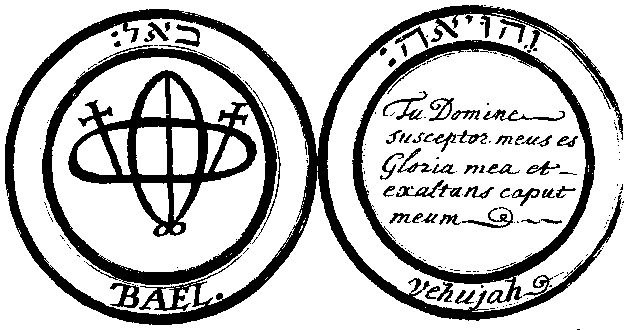
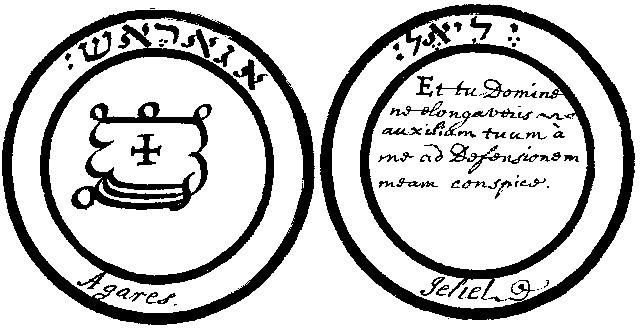
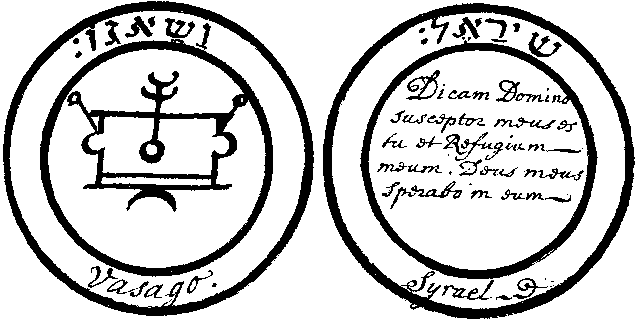
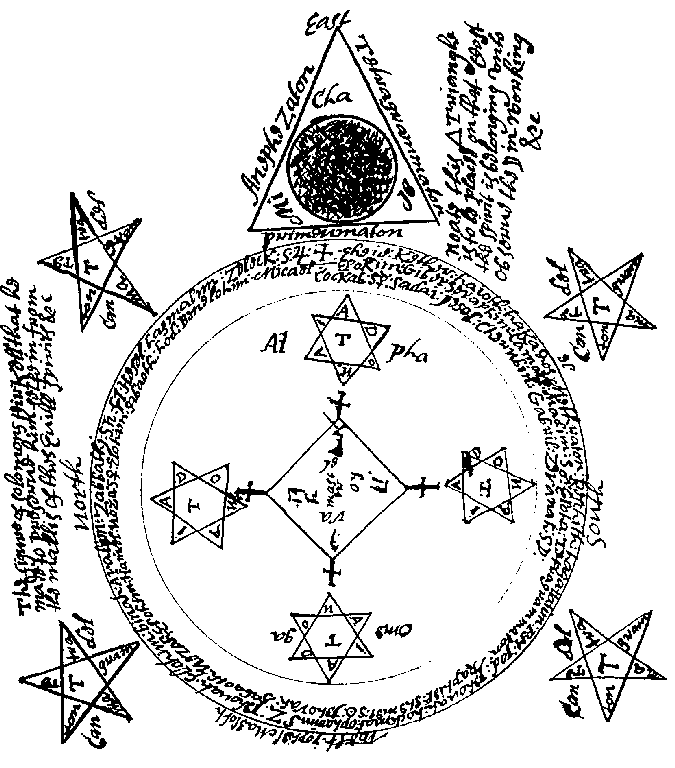
| Gollancz, fol. 38a. | Or. 14759 |
|---|---|
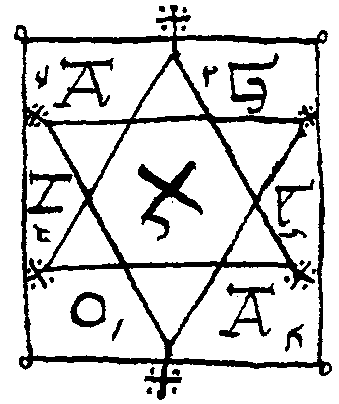 | 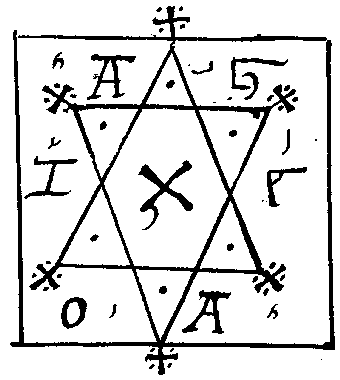
|
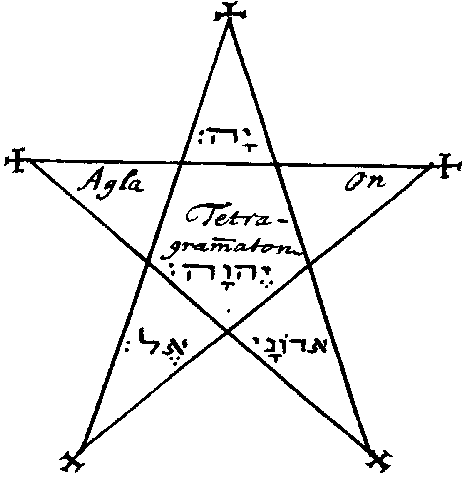
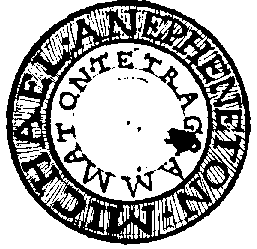
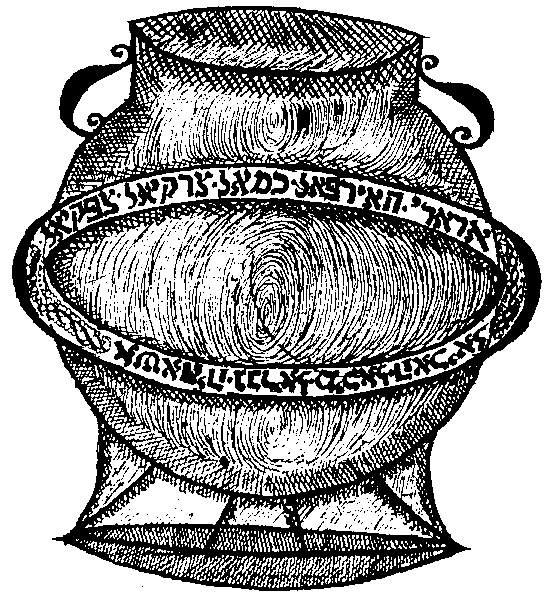
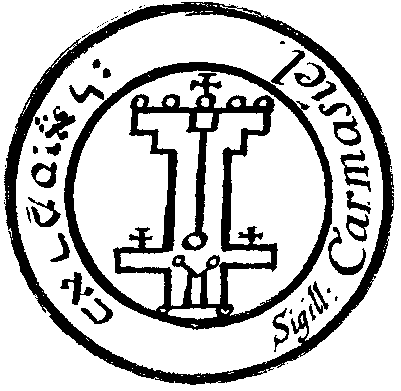
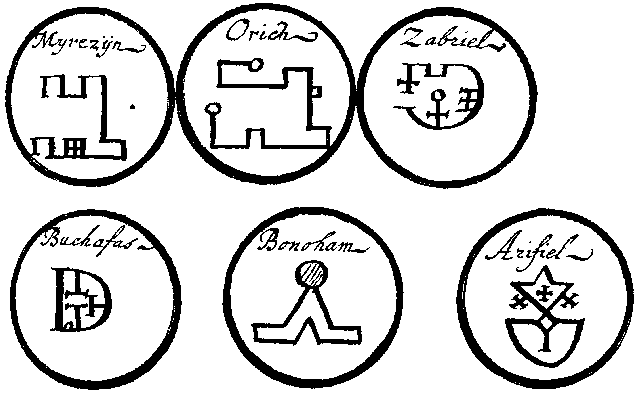
| The Seal of Solomon, from Harl. 6483. | Seal of Solomon from the Magical Calendar. |
 | 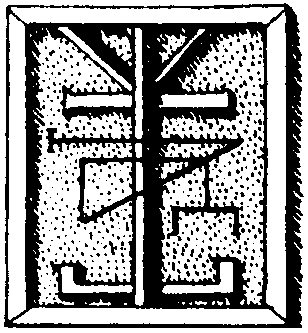
|
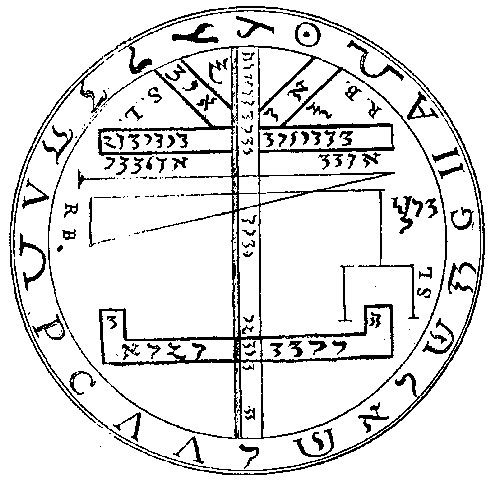
| Aries | 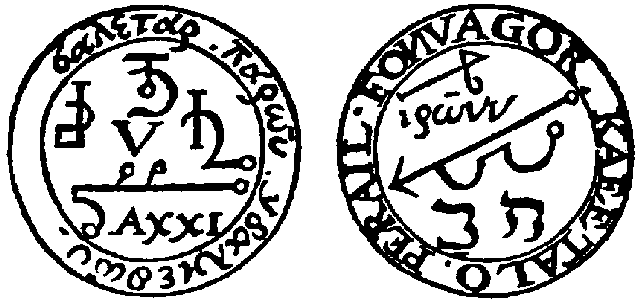
|
| Taurus | 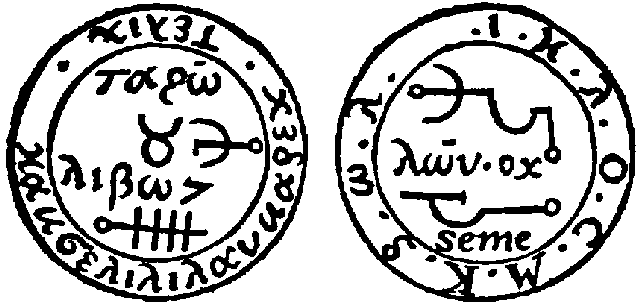
|
| Gemini | 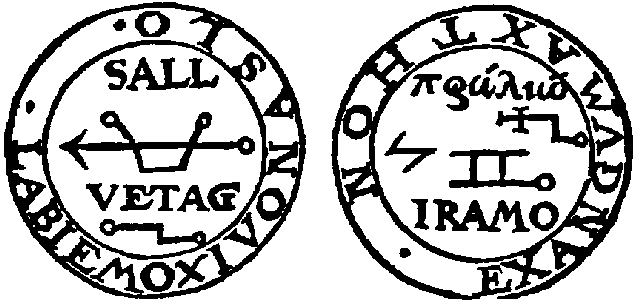
|
| Cancer | 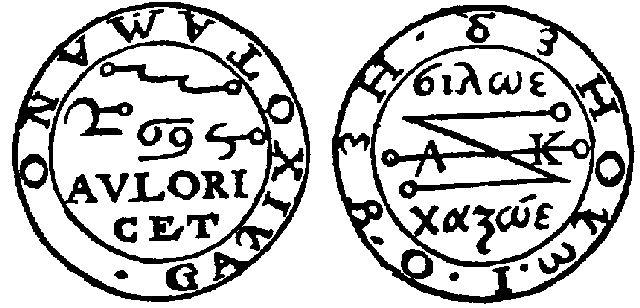
|
| Leo | 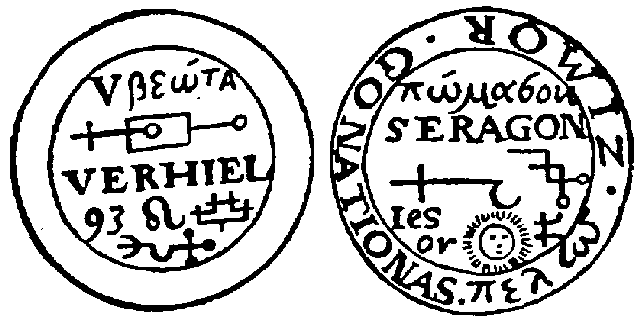
|
| Virgo | 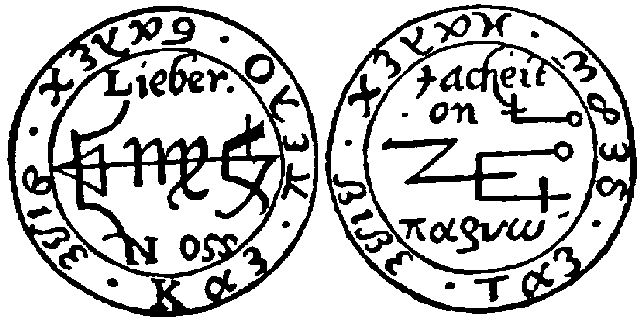
|
| Libra | 
|
| Scorpio | 
|
| Sagittarius | 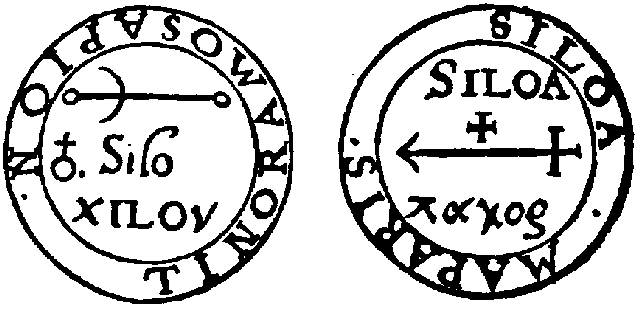
|
| Capricorn | 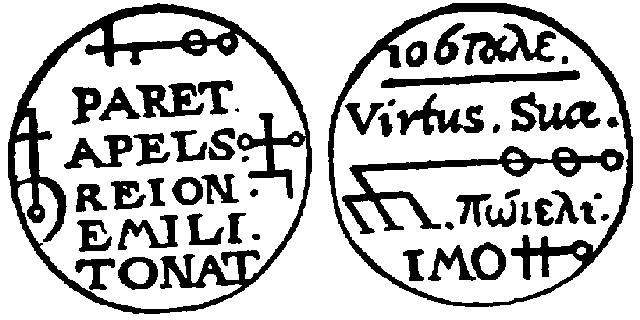
|
| Aquarius | 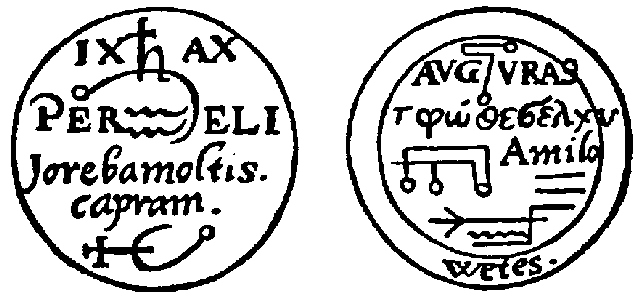
|
| Pisces | 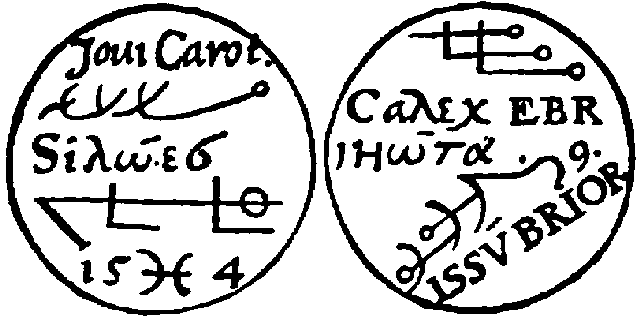
|
Note the drawing at the bottom showing how the candles are to be constructed with feet to support the Almadel.
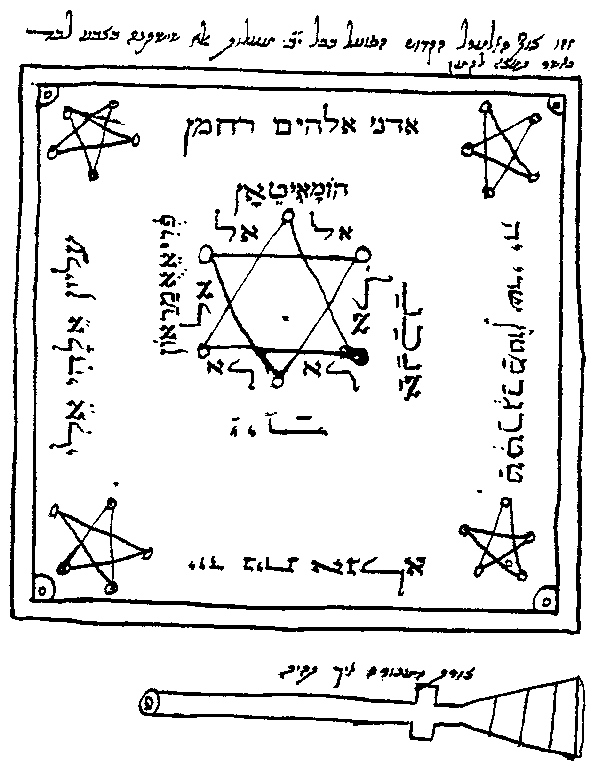
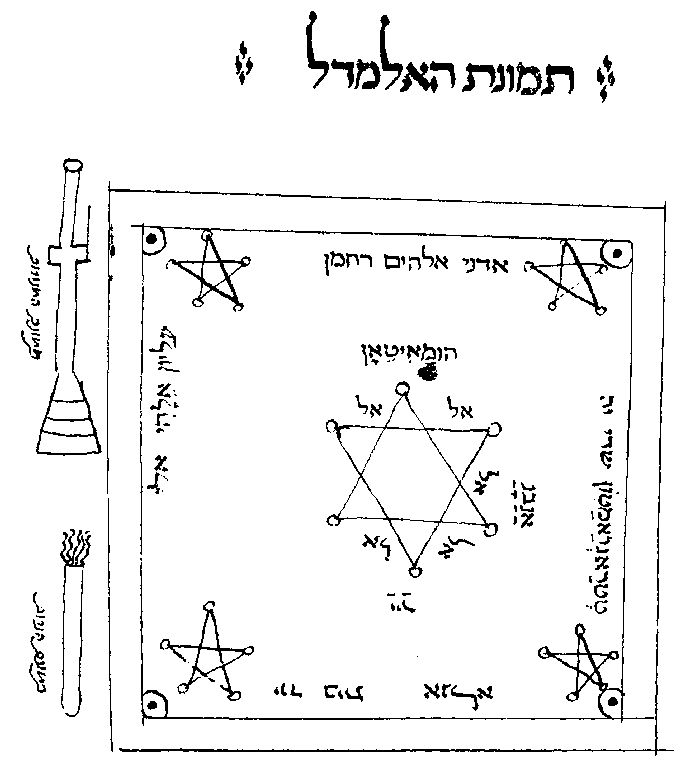
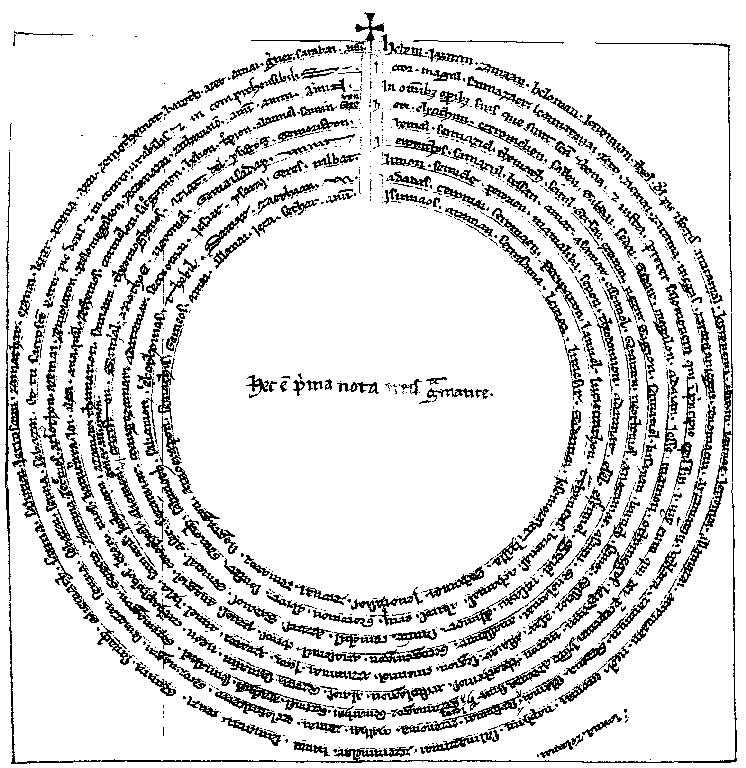



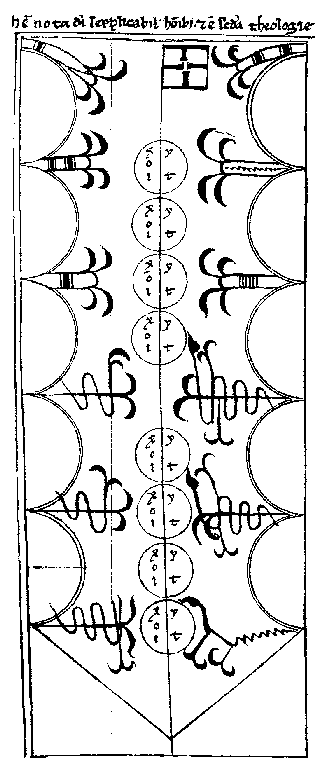
| 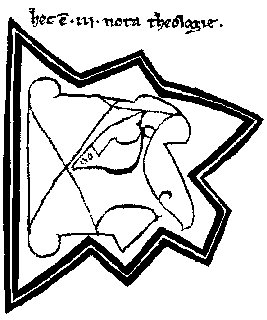 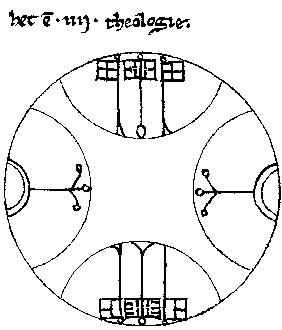
|